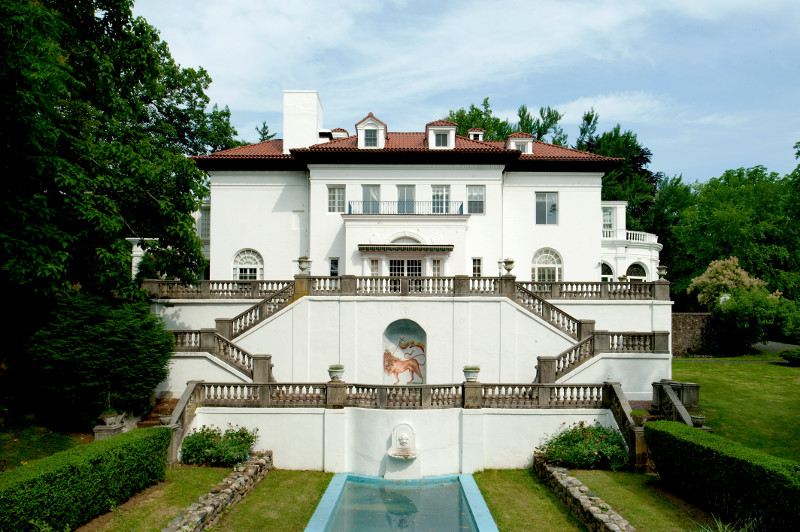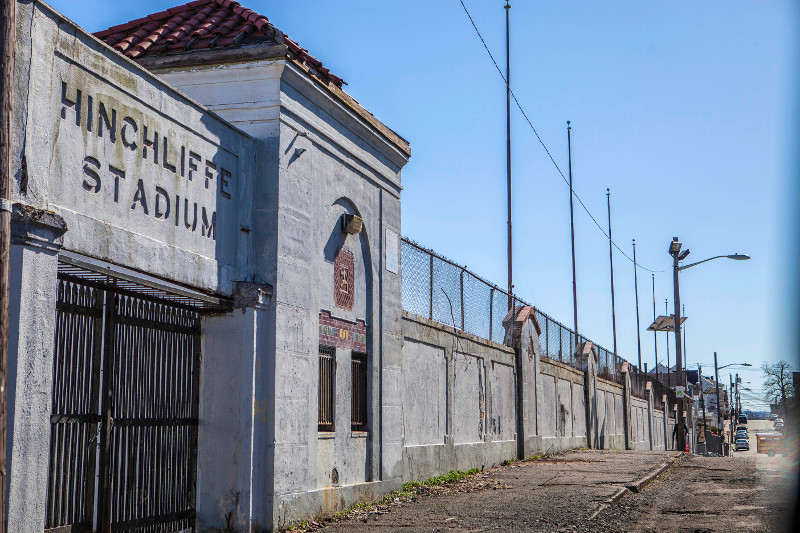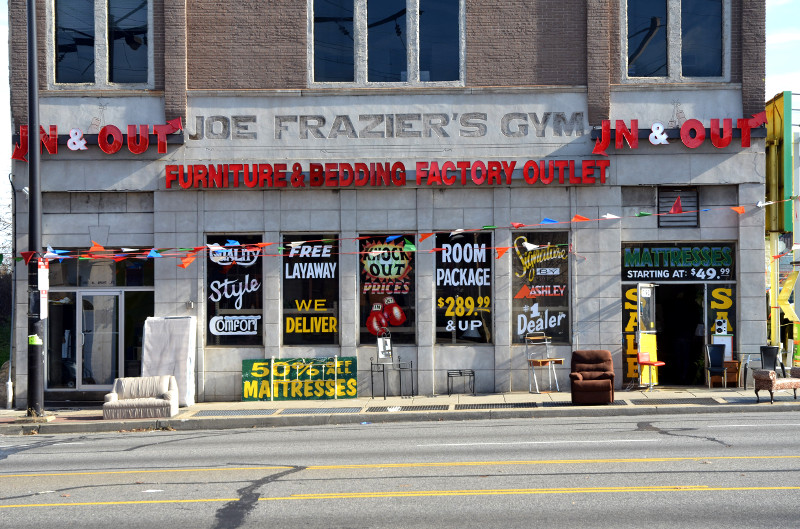A discount furniture store now occupies the space where boxing legend, Joe Frazier trained in Philadelphia. The home of America’s first female self-made millionaire, Madame C.J. Walker is left vulnerable to potential destruction without proper legal protection. Vandalism and physical deterioration now marks the Hinchliffe Stadium where Negro League baseball thrived. But Brent Leggs, senior field officer for the National Trust for Historic Preservation, is determined to return these sites to their former glory.
For Leggs, it is obvious that these sites are significant parts of African-American cultural history. But he is also aware that the general public may need some convincing on why historical preservation matters. This is especially true for numerous sites that go unrecognized or are no longer active in underserved communities, where they are often abandoned.
“We are constantly asking, what is the higher purpose for what we do? How can preservation help to improve conditions in a blighted and predominantly diverse community? We know that our responsibility is not just to save buildings but also to save lives,” he said. “These sites should be anchors with a social justice component that addresses contemporary issues.”
To that effect, Leggs’ vision for Joe Frazier’s Gym includes a cultural and educational center that pays tribute to Frazier’s legacy in the local community as a father figure to many. Furthermore the center may include a health and wellness component inspired by the athleticism of its namesake.
What about the impact of gentrification?
In numerous U.S. cities gentrification remains controversial with one of its hotly debated issues being the demolition of historic sites for the creation of commercial or residential property. In 2013, graffiti mecca, 5 Pointz, was whitewashed to create luxury condos. According to Leggs such occurrences that take place to smaller, less publicized sites could be avoided with developers becoming educated on the value of preservation and tax incentives.
“Many sites of diversity are places that on the outside don’t appear to hold historical significance. Thus developers and investors that come in can easily consider the demolition of these historic places because they don’t understand the value. The thing is making sure we have identified places worthy of being preserved,” he advised.
Such recognition involves getting sites listed in the National Register of Historic Places. Since such properties qualify for federal tax credits that can be applied to rehabilitation construction costs, the credential incentivizes investors and developers to preserve historic sites.
Beyond getting such places recognized on a federal level, Leggs advocates for sites becoming financially secure through the development of a strong business model.
“The real challenge has been in the proper preservation planning to identify financially sustainable redevelopment strategies. With the big issue being funding we have to create a new paradigm to have sites consider being a for-profit business and think about financial sustainability.”
 More awareness equals more funding
More awareness equals more funding
Currently Leggs is working with a team to develop plans for Madame C.J. Walker’s Villa Lewaro estate. Their goal is to generate ideas that includes considering revenue potential and establishing Walker’s site as a cultural attraction that doesn’t rely solely on the house museum model. To aid in that goal, Toyota recently presented $10,000 to The National Trust for Historic Preservation at the 2014 National Association of Black Journalists (NABJ) Convention & Career Fair in Boston. The location of the announcement at NABJ was strategic as the organization seeks to attract more media awareness for greater support and ultimately, more funding.
In 2011, the organization received an anonymous $50,000 donation and free architectural services to protect jazz legend, John Coltrane’s home in Dix Hills, NY (where we wrote the classic ‘A Love Supreme’). Leggs credits this support to media interest that derived from the home’s inclusion in the organization’s annual listing of ‘America’s 11 Most Endangered Historic Places.’
“The media has been an effective tool to reach the audience. Once people are aware of the issue they generally take action to support our efforts.”
 The weekly column, On the “A” w/Souleo, covers the intersection of the arts, culture entertainment and philanthropy in Harlem and beyond and is written by Souleo, founder and president of event/media content production company, Souleo Enterprises, LLC.
The weekly column, On the “A” w/Souleo, covers the intersection of the arts, culture entertainment and philanthropy in Harlem and beyond and is written by Souleo, founder and president of event/media content production company, Souleo Enterprises, LLC.
Become a Harlem Insider!
By submitting this form, you are consenting to receive marketing emails from: . You can revoke your consent to receive emails at any time by using the SafeUnsubscribe® link, found at the bottom of every email. Emails are serviced by Constant Contact




















